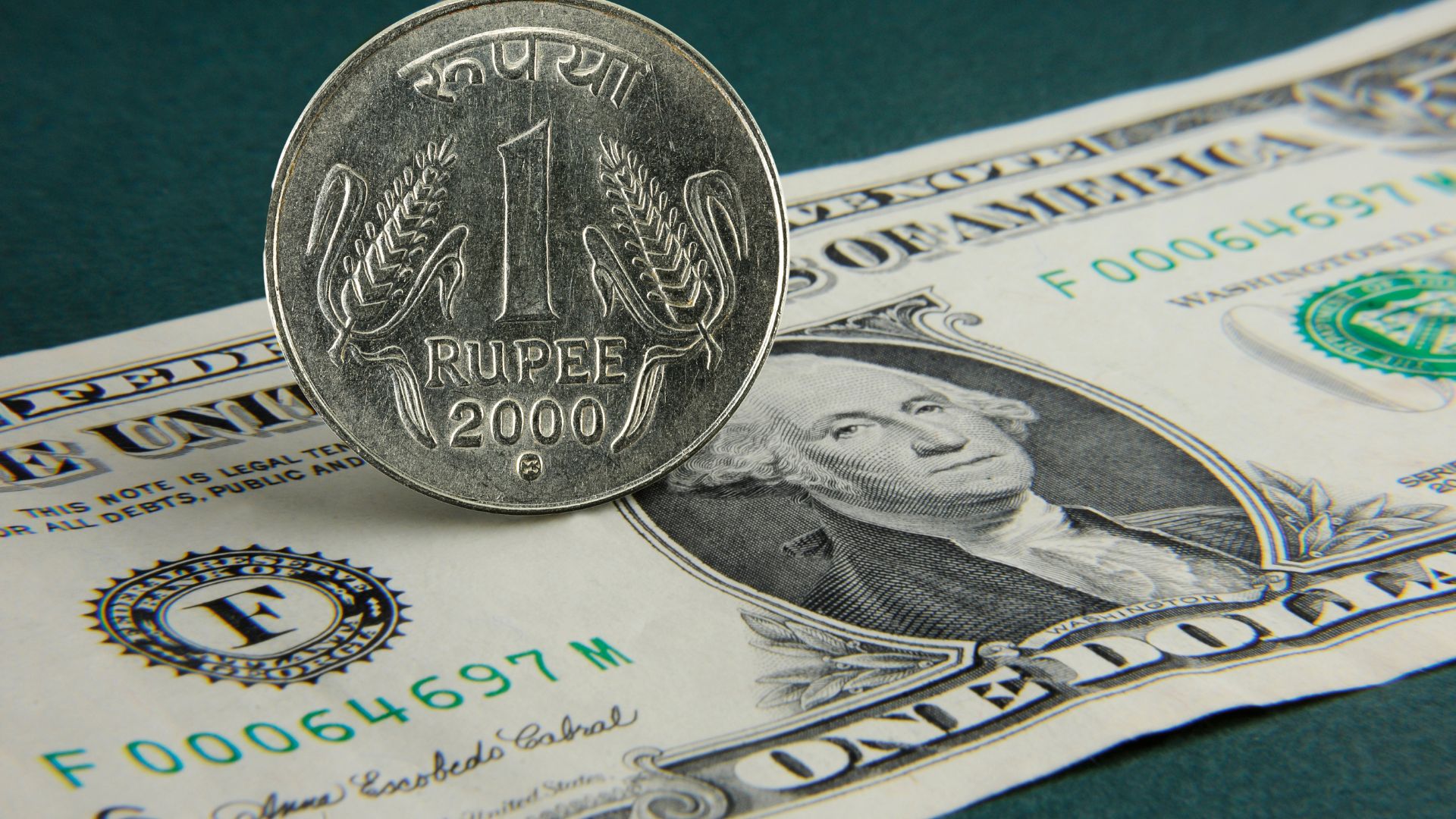

Investors are actively positioning themselves for a potential surge in India’s rupee value, as reflected in the remarkable uptick in volumes within the dollar-rupee options market during the initial trading days of 2024. These market movements suggest a collective anticipation among participants for the rupee to break free from the narrow range dictated by the central bank in the previous year.
As of Monday, the rupee strengthened to 82.7800 against the U.S. dollar, marking its highest point in over four months. Notably, it has already gained 0.4% in January, outperforming several major Asian currencies that have experienced declines ranging from 1% to 1.5%.
The notional value of USD/INR options traded in the United States in January has surged to 1.5 times that of December, with U.S. regulations mandating firms to report such transactions to Swap Data Repositories.
Offshore, numerous banks are urging their clients to consider long positions on the rupee, either outright or through put (USD/INR) options, according to a portfolio manager at a Singapore-based hedge fund. A put option grants the buyer the right to sell the currency pair at a predetermined rate in the future, with the buyer paying a nominal premium for this privilege.
Options have emerged as a popular choice for currency speculation due to their unique payoff structure, limiting potential losses for the buyer to the premium paid. The dollar/rupee volatility skew indicates a prevailing preference for bets on the Asian currency’s upward movement. In December, the three-month risk reversal turned negative, signaling a willingness among investors to pay a premium for positions anticipating a rise in the rupee.
The Reserve Bank of India’s (RBI) tight control over the rupee in the past year, despite the country’s robust economic fundamentals and significant inflows into the equity and debt markets, faced criticism from the International Monetary Fund (IMF). In response, the IMF reclassified India’s currency regime to a ‘stabilized arrangement’ in December, departing from its previous classification of ‘floating.’
The growing interest in put options stems from the belief that the frequency of RBI intervention will decrease following the IMF’s critique. This optimism suggests the possibility of the rupee breaking out of the narrow range observed in 2023, the tightest since 2002.
Dhiraj Nim, a forex strategist at ANZ, expresses confidence in the potential for the RBI to allow a wider trading band for the rupee, coupled with a slight appreciation bias, post the IMF classification. Factors such as a soft dollar and substantial FX reserves could enable the RBI to intervene less frequently.
Last year, the rupee exhibited one of the lowest volatilities in Asia, and its current implied volatility remains marginally higher than that of the pegged Hong Kong dollar. This low implied volatility renders directional bets on the rupee through options relatively cost-effective, contributing to the heightened trading volumes, as noted by an FX salesperson at a Singapore-based bank.